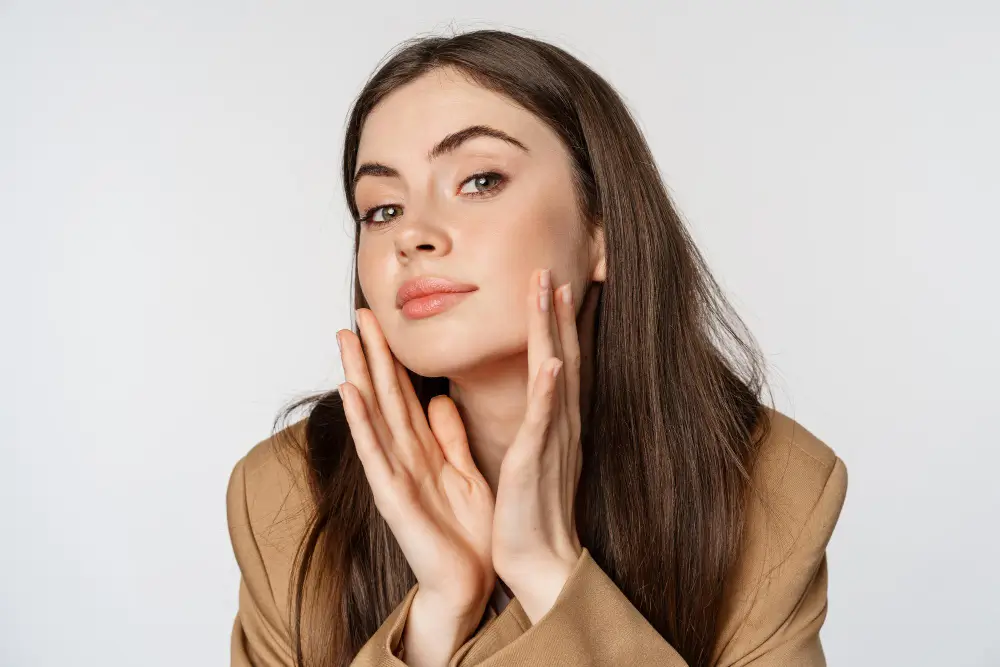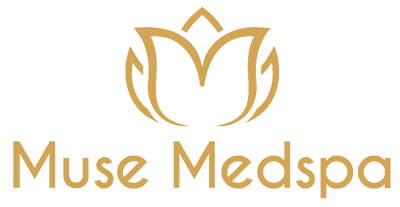Botox Cosmetic
- Home
- Injectables
- Neurotoxins
- Botox Cosmetic
Muse Medspa provides highly sought-after cosmetic injections like Botox, renowned for its temporary smoothing effects on facial wrinkles such as forehead lines, frown lines, and crow’s feet.
DIMINISH & SUPPRESS
DYNAMIC WRINKLES
Botox, scientifically called botulinum toxin, is a neurotoxic protein produced by the bacterium Clostridium botulinum It is widely recognized for its applications in both cosmetic and medical fields. When injected in small, controlled doses, Botox temporarily paralyzes muscles by blocking the release of acetylcholine, a neurotransmitter essential for muscle contraction.

Cosmetic Uses
Botox is most commonly used to reduce the appearance of facial wrinkles and fine lines, providing a smoother and more youthful look. It is particularly effective in treating:
- Forehead Lines: Horizontal wrinkles that form across the forehead.
- Crow’s Feet: Lines that form at the outer corners of the eyes.
- Frown Lines: Vertical lines that form between the eyebrows, also referred to as glabellar lines.
Medical Uses
Botox has several therapeutic applications, including:
- Chronic Migraine: Reduces the frequency and severity of migraine headaches.
- Muscle Spasticity: Treats conditions like cervical dystonia and spasticity associated with cerebral palsy.
- Hyperhidrosis: Manages excessive sweating, particularly in the underarms.
- Bladder Dysfunction: Helps reduce symptoms of overactive bladder, such as frequent urination and incontinence.
Botox treatments are generally quick and minimally invasive, often completed in a doctor’s
office within 10-30 minutes. The effects typically last for three to six months, after which repeat
treatments are needed to maintain the desired outcome. Common side effects include localized
pain, swelling, or bruising at the injection site, but serious complications are rare when
administered by qualified professionals.

